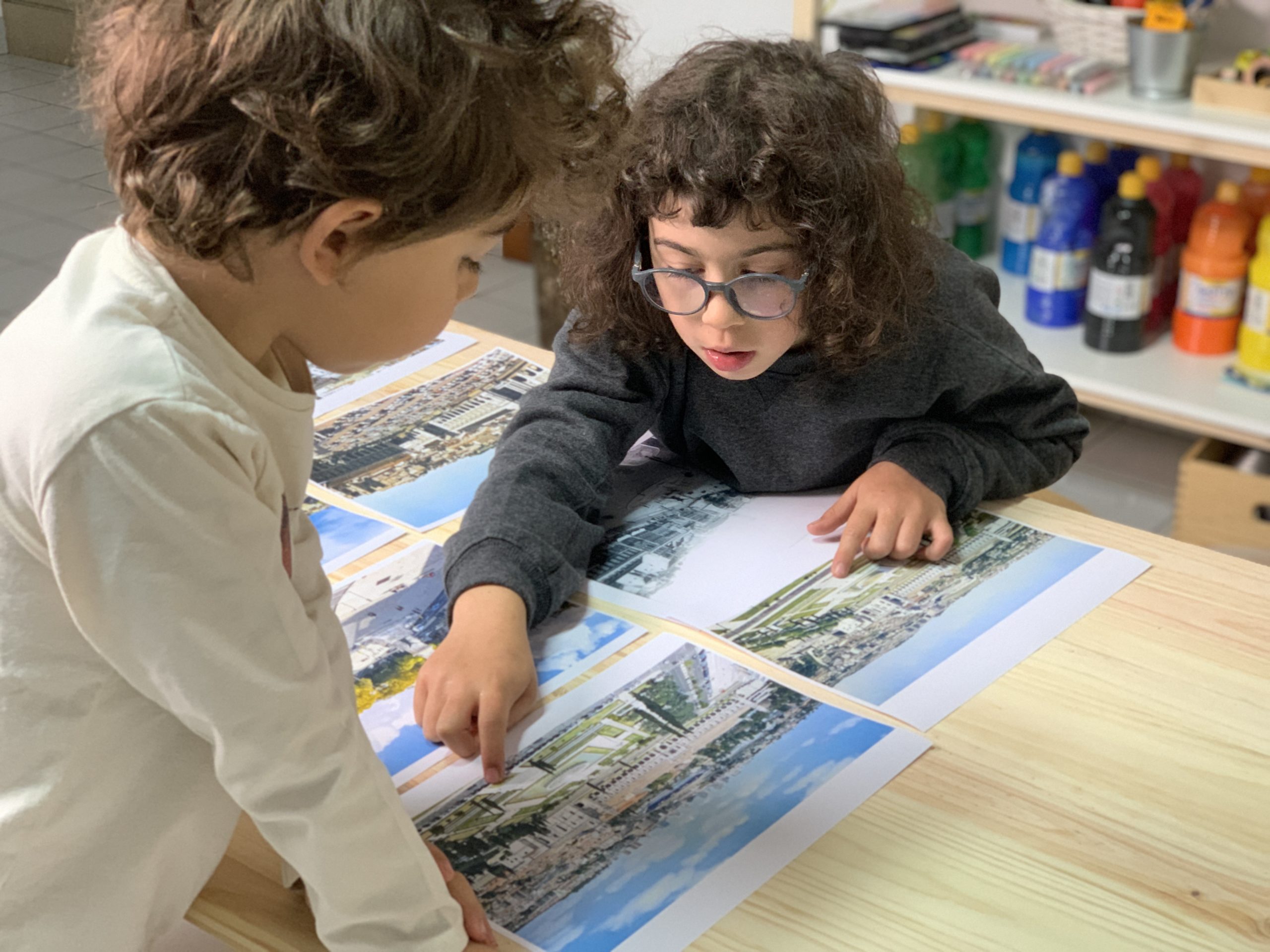Time transforms everything. Construction, climate change, habits, and traditions continuously reshape the landscapes, the things we use, the buildings, how we dress, and even the animals. But for those who have just arrived in this world, it’s curious to think that things once were different.
With this play invitation, children can explore the concepts of time, past, and constancy, expanding their knowledge of the identity of the places they inhabit and how they were subject to change over time.
Children can also develop observation and comparing skills and their sense of identity, belonging, intercultural understanding, and empathy.
What Could Lead Us to This Play Invitation
- Children have been exploring fantasy worlds;
- Children are curious about time and clocks;
- Children are excited about using cameras and taking pictures.
Materials Needed
• Old photos of where they live (or places they know well).
• Current photos of the same places (Optional).
Setting up this Play Invitation
- Challenge children to look for old photos or paintings depicting places and landscapes they know and visit. They can ask family and friends, search existing libraries and archives, or use the internet (with adult support).
- When you have those photos, organize all the logistics for a trip to those places, considering the group of children, the adult support, how to get there, and when.
Tip: If you can’t take the children to the places, go there yourself and take photos of how the place is now. Make your best to capture the same perspectives as in the old images.
How to Explore
- Take the children on a trip to explore the places depicted in the old photos.
- When arriving, show children the photos and engage them in observation to find the differences.
- If you stay in your school, display the photos side by side over a table or on the wall at children’s reach so they can examine the photos.
- Dialogue about:
• What has changed in this place?
• Why do you think these transformations happened?
• How do you think these places will be in years to come?
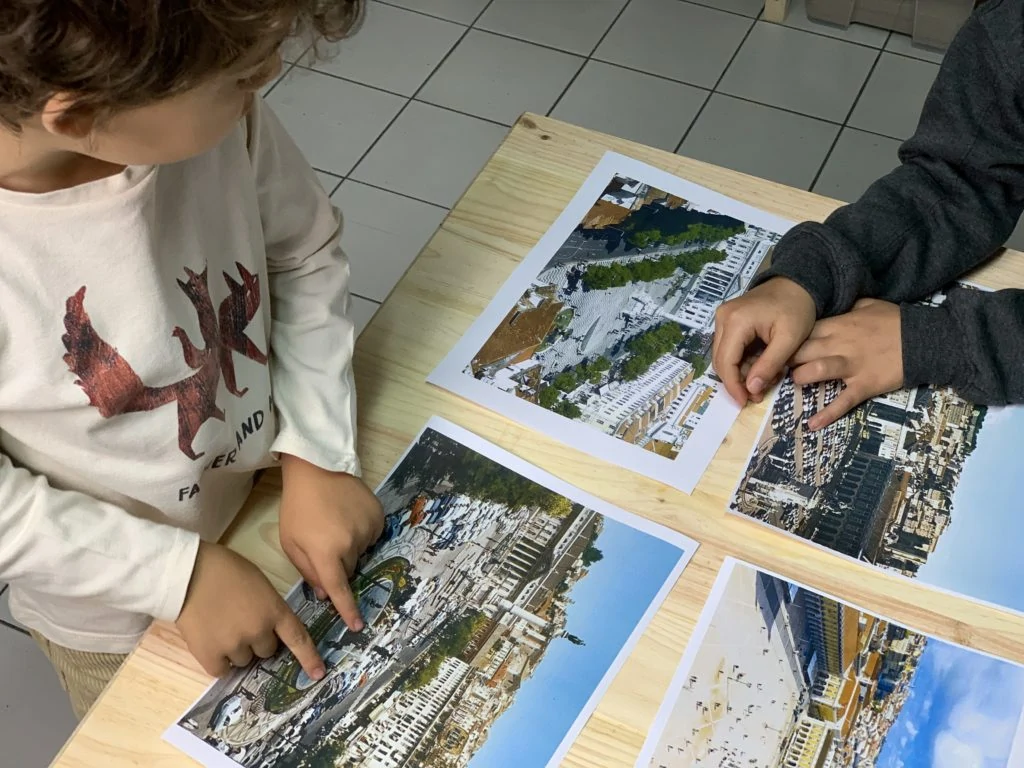
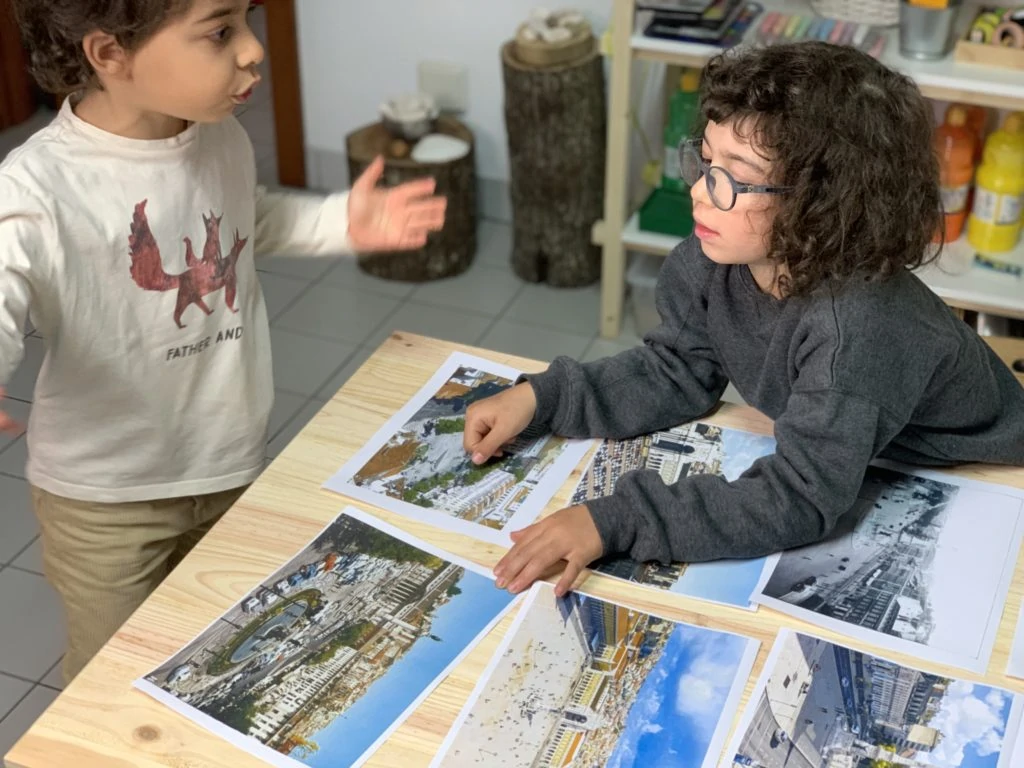
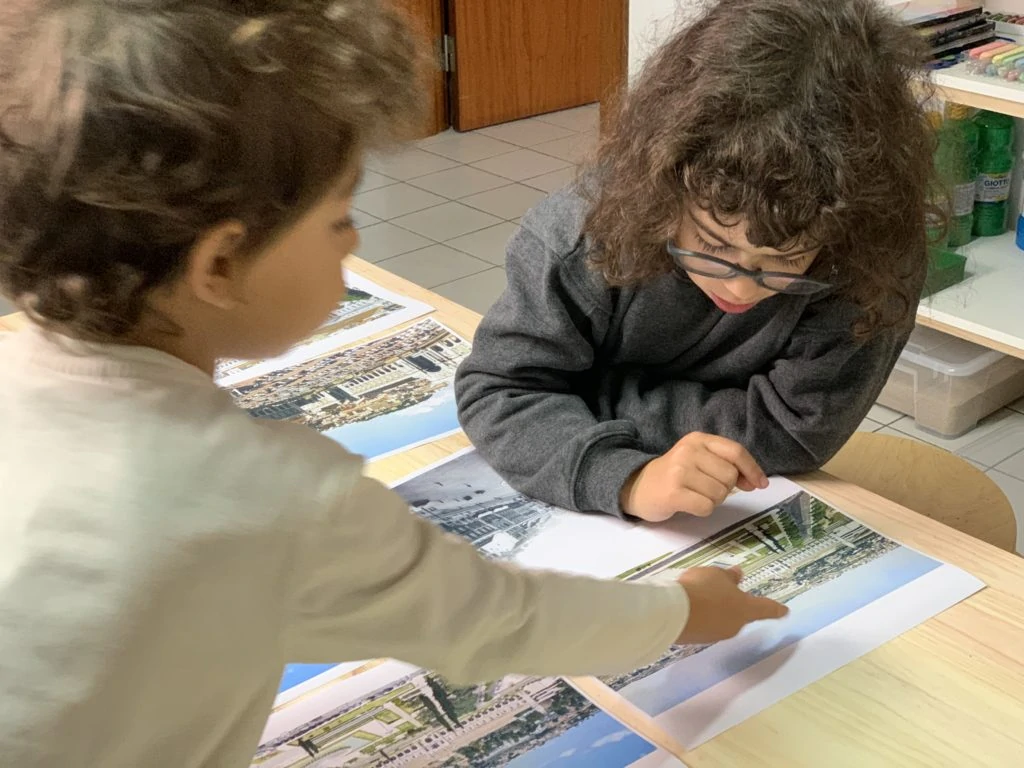
With Younger children: Young children develop an understanding of the historical past through their personal past first. Invite families (especially grandpas and grandmas) to come to the school and share their photos and stories about their youth. How was it to go to school, what toys they had, what they did do on the holidays, etc.
How to Nurture the Natural Unfolding of the Child’s Identity During This Play Invitation
- Children have the right to explore things from the past. Going to museums, archeological places, or simply discovering old and obsolete objects in our attics stimulates all senses and helps children gradually accumulate new knowledge and build their interpretations.
The Academic Learning Opportunities
- MATH: Describe and compare observations and explore notions of time and sequence.
- LANGUAGE: Use of conversational vocabulary and sentence construction.
- SOCIAL: Build self and cultural identity, recognize similarities and differences, build relationships with others and cultivate mutual respect and empathy. Develop a sense of belonging and personal history.
- ART: Identify monuments and works of art that are part of their cultural heritage.
Extensions
- Challenge children to draw or paint the differences between night and day in the place they live. How different is our village/city/street during daylight from night time?
Book Recommendation
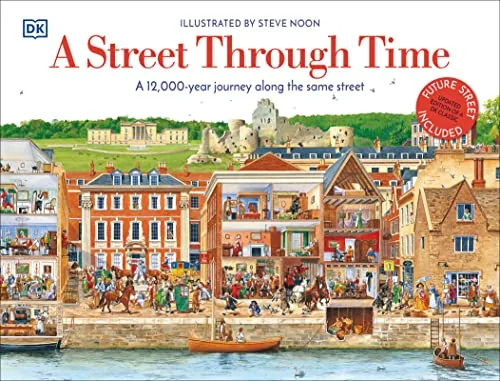
Follow the fascinating transformation journey of a place through time.
